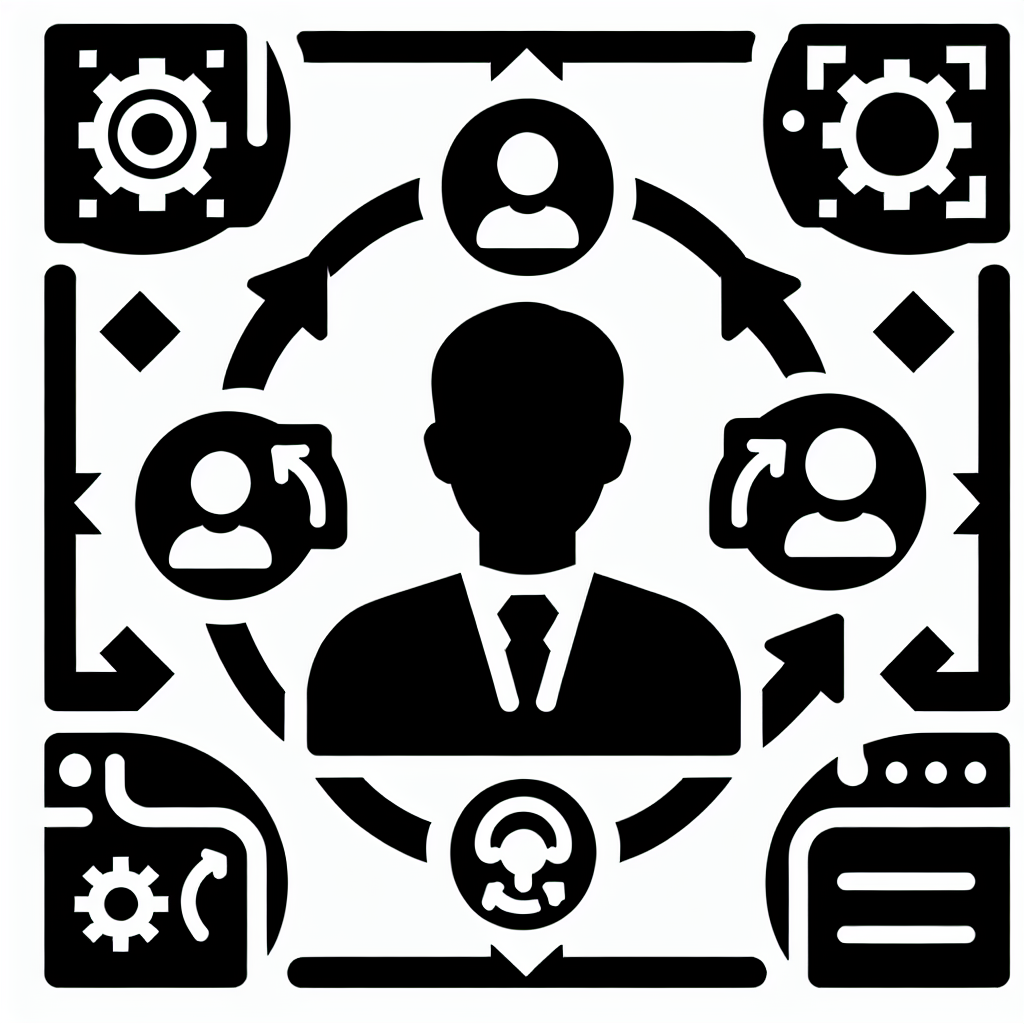Home / Contents / Donations / News / Contact
RRO - Role Rotation

Supports:
Context:
In a DAO, members often work remotely and asynchronously, contributing to various projects with differing scopes and requirements. Over time, this can lead to skill atrophy or stagnation if individuals remain in static roles without exposure to new challenges or opportunities.
Problem:
Static roles can limit personal growth and understanding of the DAO’s broader operational landscape, reducing the effectiveness and adaptability of the organization.
Forces:
- Skill Development: Continuous learning and adaptation are necessary in the fast-evolving DAO environment.
- Engagement: Sustained engagement can wane if members feel they are not developing or contributing meaningfully.
- Knowledge Silos: Concentrated knowledge within certain roles can create bottlenecks and single points of failure.
Solution:
Implement a structured system where members periodically rotate through different roles within the DAO. This could involve swapping roles with another member or stepping into a completely new area. Role rotation helps members gain a comprehensive understanding of the DAO, fosters empathy among roles, and diffuses knowledge throughout the organization.
For example, a developer might switch roles with a community manager, providing both members insights into the technical and social dynamics of the DAO. To facilitate this, a clear transition guide and temporary mentorship arrangements might be necessary to ensure a smooth transfer of responsibilities.
Therefore:
Enable members to develop diverse skills and perspectives by systematically rotating roles, which will enhance personal growth and organizational resilience.
Supported By:
